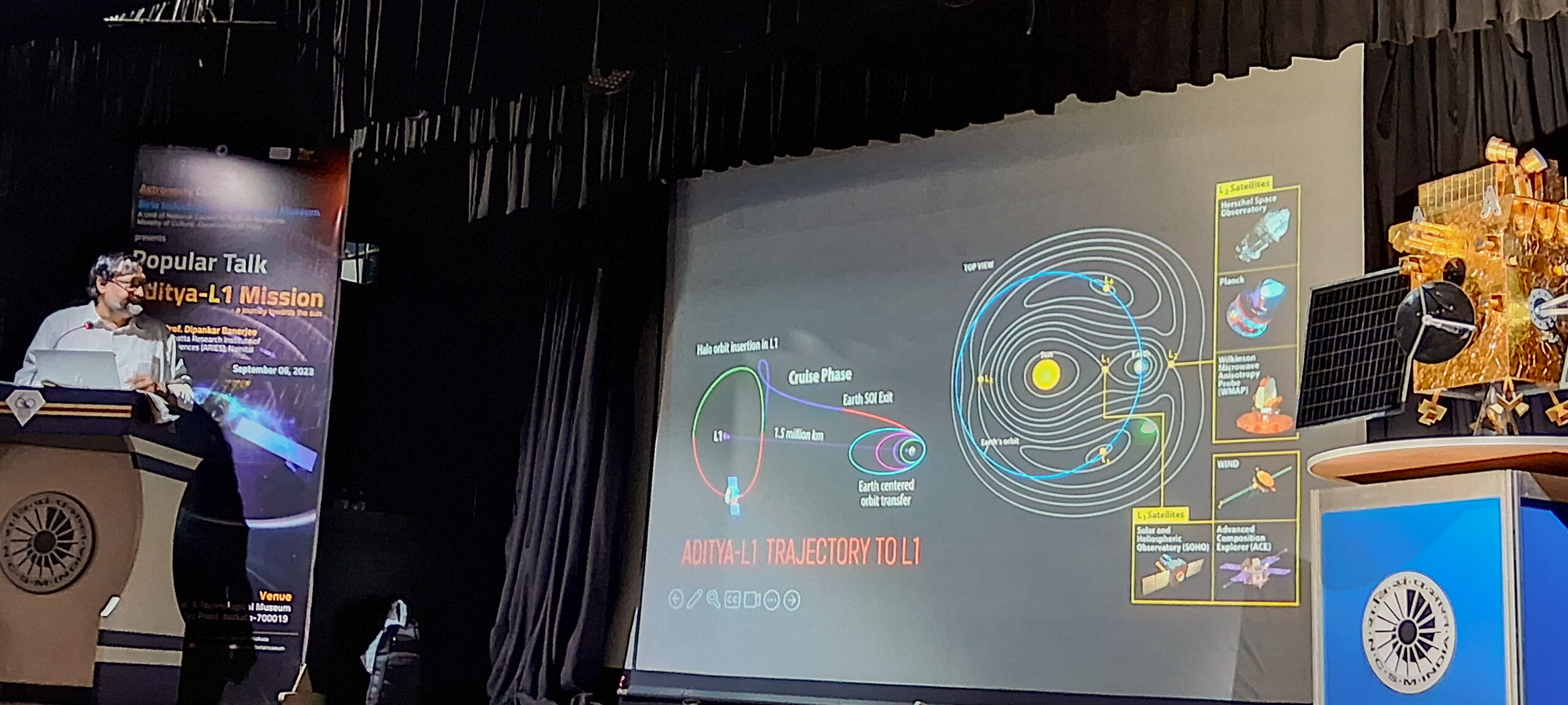The Aditya-L1 satellite on Friday, the first solar-studies mission from India made its fourth maneuver toward the planet. The next manoeuvre for a send-off from Earth is scheduled for September 19 around 02:00 IST, according to ISRO’s most recent update. The third maneuver was successfully finished by the spacecraft on September 10, after it had successfully launched on September 2.
“The fourth Earth-bound manoeuvre (EBN#4) is performed successfully. ISRO’s ground stations at Mauritius, Bengaluru, SDSC-SHAR and Port Blair tracked the satellite during this operation, while a transportable terminal currently stationed in the Fiji islands for Aditya-L1 will support post-burn operations,” ISRO said in a post on X.
Shifting the focus to its next space odyssey after successfully placing a lander on the moon’s uncharted South Pole region, ISRO launched from Sriharikota — the country’s maiden solar mission named Aditya-L1.
It carried seven different payloads to have a detailed study of the sun, four of which will observe the light from the sun and the other three will measure in-situ parameters of the plasma and magnetic fields.
Lagrangian Point 1 (L1), which is 1.5 million kilometers from the Earth in the direction of the sun, will be the object of Aditya-L1’shaloorbit. The anticipated time for completion is four months. Aditya-L1 will maintain a distance of 1.5 million kilometers (1%) of the distance between the Earth and the Sun from the planet. It will be pointed in the direction of the Sun. Aditya-L1 would investigate the Sun’s outer atmosphere because the Sun is a massive sphere of gas. Aditya-L1 won’t touch down on the sun or get any closer to it.
Aditya-L1 will be able to continuously observe the sun from this advantageous location without being constrained by eclipses or occultation, enabling researchers to track solar activity and its effects on space weather in real-time. The data from the spacecraft will also contribute to a deeper understanding of space weather drivers and help identify the series of processes that lead to solar eruptive events.










